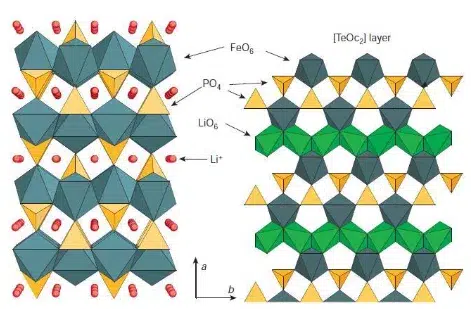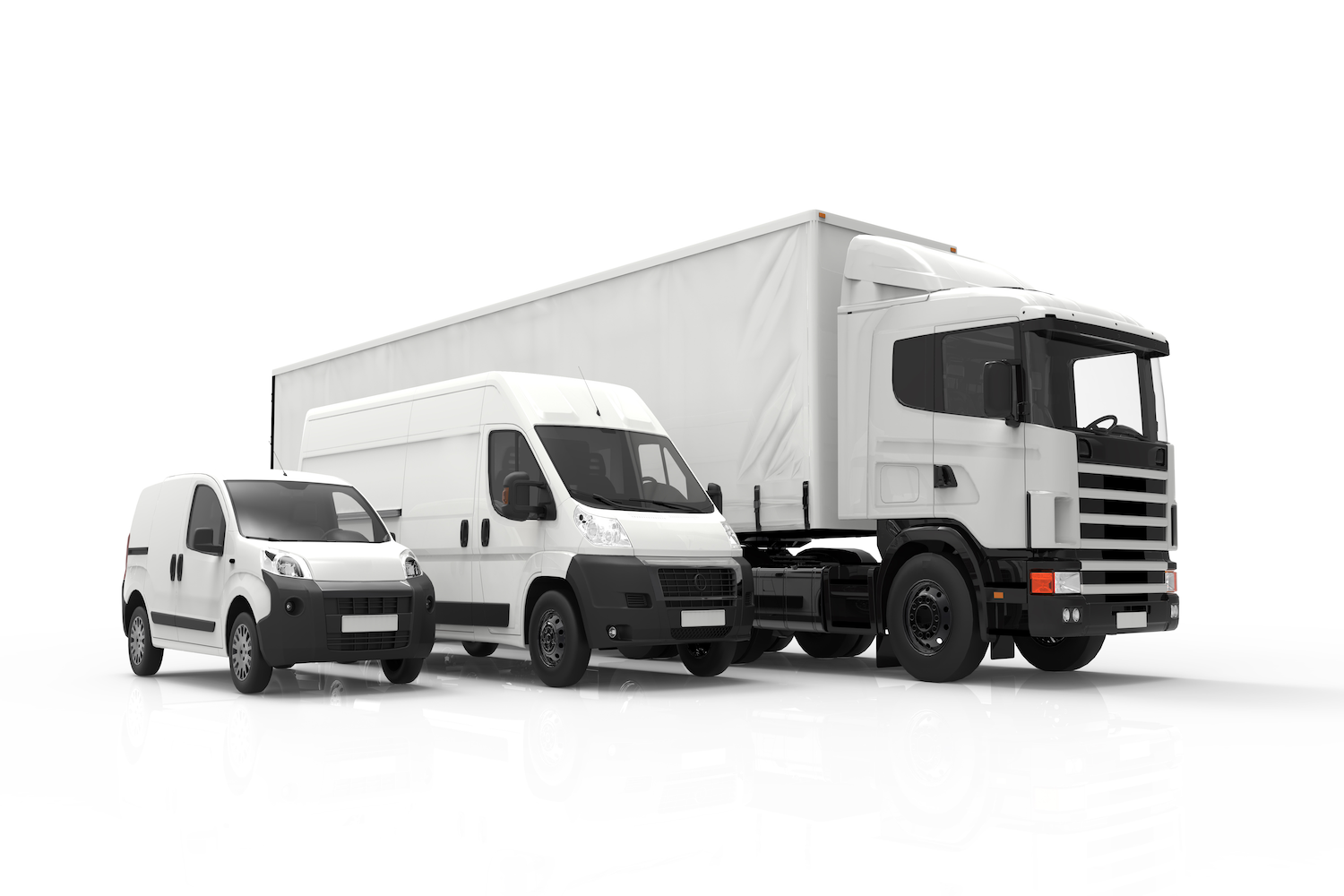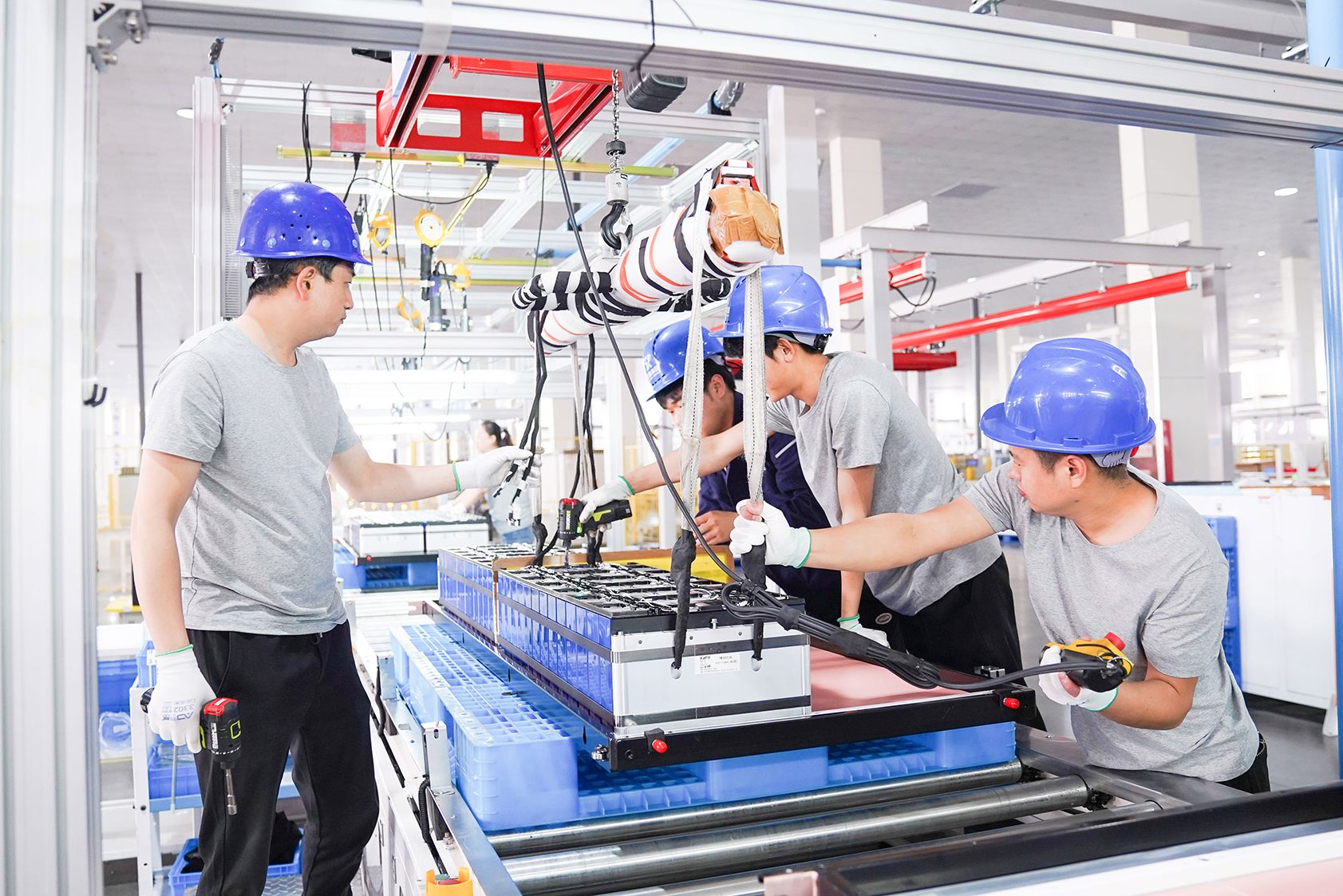Why LFP Batteries Are Becoming the Mainstream Choice for Electric Vehicles
The rapid expansion of the electric vehicle (EV) industry has brought batteries to the center stage of innovation and competition. As the most critical component of an electric vehicle, the EV battery determines driving range, safety, cost, and overall sustainability. Among the various EV battery types, the LFP battery (Lithium Iron Phosphate, also known as LiFePO₄) is increasingly recognized as the optimal solution for both passenger EVs and fleet electrification.
This article explores the evolution of electric vehicle batteries, the advantages of LFP technology, and why it is becoming the preferred choice for EV battery manufacturers and global automakers.
What Do Electric Vehicles Require from a Battery?
To understand why LFP batteries are surging in popularity, it is important to first examine what electric vehicles demand from their batteries:
- High energy density: EVs require batteries that can store sufficient energy without becoming excessively heavy or large.
- High power output: To support acceleration, climbing, and heavy loads, EV batteries need robust power capabilities.
- Long cycle life: An ideal battery should last thousands of charge cycles without significant degradation.
- Safety and consistency: Uniform performance across cells ensures reliability and minimizes risks.
- Temperature adaptability: EVs operate in extreme climates, making stability at both low (-40°C) and high (80°C) temperatures essential.
- Eco-friendliness: Modern batteries should be recyclable and free from environmentally harmful materials.
These performance criteria have shaped the evolution of EV battery types and paved the way for the rise of LFP batteries.
From Lead-Acid to Lithium: The Evolution of EV Batteries
Battery technology has undergone significant transitions over the past century:
Lead-Acid Batteries: Once dominant due to their low cost and mature recycling systems, but limited by weight and low energy density.
Nickel-Metal Hydride (NiMH): Introduced in the 1970s, offering higher energy density, charging speed, and environmental adaptability, gradually replacing lead-acid batteries in portable electronic devices and a small number of electric vehicles.
Lithium-Ion Batteries: Commercialized in the 1990s, lithium-ion cells revolutionized portable electronics and, later, electric vehicles.
Since Tesla’s 2007 Roadster showcased the potential of lithium-ion chemistry in cars, this type of battery has become mainstream for automotive use. EV battery manufacturers have developed multiple chemistries, including NMC (nickel manganese cobalt), NCA (nickel cobalt aluminum), LCO (lithium cobalt oxide), and LFP (lithium iron phosphate). Among these, LFP batteries stand out as one of the most sustainable and scalable options.
Why LFP Batteries Are Becoming More Popular
LFP batteries have distinct advantages that make them attractive for widespread EV adoption:
- Superior Safety
LFP cells exhibit remarkable thermal stability, with a thermal runaway threshold above 500°C, significantly higher than NMC batteries. This makes LFP a safer option for both passenger vehicles and commercial fleets.
- Cost Efficiency
LFP batteries use abundant raw materials such as iron and phosphate, avoiding expensive metals like nickel and cobalt. This reduces production costs by up to 30% compared to NMC batteries, while also ensuring a more stable global supply chain.
- Longer Lifespan
With cycle life exceeding 3,000 full charge cycles, LFP batteries last longer than most lithium-ion chemistries. This makes them especially cost-effective for high-mileage applications such as ride-hailing fleets, delivery vehicles, and taxis.
- Technological Improvements
Innovations such as cell-to-pack (CTP) integration and advanced nanomaterial designs have increased LFP energy density from 140Wh/kg in 2018 to around 190Wh/kg in 2024. This narrows the gap with high-nickel EV battery types. - Eco-Friendliness and Recycling
LFP batteries contain no toxic cobalt or nickel, making them easier and safer for lithium battery recycling. As global carbon-neutrality policies accelerate, this eco-friendly advantage is crucial. - Stable Supply Chain
With over 90% of global LFP battery production capacity concentrated in China, scaling is efficient, cost-competitive, and reliable.
LFP vs. Other Lithium-Ion Chemistries
While both LFP and NMC/NCA batteries are subsets of lithium-ion technology, they differ in several aspects:
- Energy Density: NMC/NCA offers higher energy density, ideal for premium EVs requiring longer ranges. LFP has lower density but is rapidly improving.
- Charging Behavior: LFP cells tolerate frequent 100% charges without significant degradation, while NMC cells perform best when maintained between 20–80%.
- Thermal Stability: LFP is inherently safer, making it well-suited for hot climates and heavy-duty applications.
- Lifecycle Costs: Despite lower upfront energy density, LFP offers lower total cost of ownership due to its durability and safety.
How Long Do LFP Batteries Last?
The lifespan of an LFP battery (LiFePO₄ battery) depends on multiple factors, including cycle life, calendar life, and operating conditions.
1. Cycle Life
Theoretical performance: LFP batteries typically deliver 2,000–3,500 deep charge cycles, with premium products achieving more than 3,500 cycles. Even after thousands of cycles, capacity retention remains above 80%.
Real-world use: In daily full-charge usage, this translates to more than 5 years of reliable service. Under optimized charging practices—such as maintaining charge between 20% and 80%—lifespan can extend to 8–12 years or longer.
2. Calendar Life
Even when not in constant use, LFP batteries offer a calendar life of 10–15 years, aging naturally at a slower pace compared to other EV battery types.
3. Key Factors Affecting Lifespan
Charging habits: Frequent fast charging and repeated 0–100% cycles accelerate battery degradation. Slow charging and maintaining moderate state-of-charge help extend life.
Temperature conditions: Extreme heat (>40°C) speeds up chemical reactions, while extreme cold (<-20°C) reduces activity. Long-term exposure to these conditions can shorten life by 1–2 years.
Battery Management System (BMS): A high-quality BMS optimizes charge/discharge balance, monitors temperature, and prevents overcharging, significantly enhancing overall lifespan.
In summary, with proper usage and BMS integration, an LFP EV battery can serve reliably for over a decade, making it one of the most durable choices in the EV battery market.
What Is the Cost of LFP Batteries?
The cost structure of LFP batteries is influenced by raw materials, manufacturing, energy, labor, and research investments.
- Raw materials (60%–75%): This includes cathode, anode, separators, and electrolytes. As iron and phosphate are abundant, LFP materials offer price stability compared to nickel- and cobalt-based EV battery types.
- Manufacturing & equipment (10%–15%): Involves electrode production, assembly, and quality testing. Larger production scales reduce per-unit costs.
- Labor (5%–10%): Automation in battery plants can lower labor costs to under 3%.
- Energy & environmental costs (3%–5%): Electricity consumption and compliance with environmental standards.
- Research & development (5%–8%): Leading EV battery manufacturers invest heavily in next-generation technologies such as solid-state and sodium-ion batteries.
- Management & financial costs (3%–5%): Reduced through economies of scale, centralized procurement, and supply chain finance.
With economies of scale and process optimization, the cost per kilowatt-hour (kWh) of LFP batteries continues to decline, reinforcing their role as the most cost-effective EV battery option for mainstream adoption.
Are LFP Batteries Safe?
1. Safety Advantages of LFP Batteries
LFP batteries (LiFePO₄ batteries) are widely regarded as one of the safest commercial lithium-ion chemistries. Their safety advantages include:
- Stable crystal structure: The olivine framework undergoes minimal volume change (<7%) during charging and discharging, reducing the risk of internal short circuits.

- High thermal stability: LFP cells only begin decomposing at 700–800°C, compared to 200–300°C for NMC batteries. This reduces the chance of thermal runaway in extreme conditions.
- No oxygen release: Unlike nickel-rich chemistries, LFP batteries do not release oxygen during decomposition, cutting off the chain reaction that typically triggers fires or explosions.
- Proven in extreme tests: In needle penetration, overcharge, and high-temperature storage tests, LFP cells show minimal risk—only slight swelling, no fire, and no explosion.
- Long cycle stability: With 3,000–10,000 cycles possible, LFP cells maintain integrity over time, keeping safety risks low even in long-term operation.
These properties make the LFP EV battery particularly suitable for electric vehicles, fleet vehicles, and stationary storage systems where safety is paramount.
2. Key Safety Technologies in Modern LFP Systems
Beyond the chemistry itself, system-level safety technologies are critical. Advances include:
- Internal short-circuit prevention: Composite current collectors with built-in fuses isolate cells in case of faults.
- Thermal diffusion control: Insulation layers and directed heat pathways prevent failure in one cell from spreading to the entire high voltage battery pack.
- Advanced Battery Management Systems (BMS): Provide real-time monitoring of voltage, current, and temperature, with protections against overcharge, deep discharge, and overheating.
- Thermal management systems: Liquid cooling and air cooling keep HV batteries within safe temperature ranges.
- Structural protection: Reinforced, flame-retardant casings improve crash resistance and reduce physical damage risks.
- Predictive diagnostics: AI and big data models enable early fault detection, preventing catastrophic failures before they occur.
Together, these features make LFP batteries one of the safest choices for EV battery manufacturers and a trusted solution for sustainable mobility.
The Future of LFP Batteries
The future of EV batteries is not a single-chemistry race, but LFP will play a central role in achieving mass-market electrification. Key trends include:
- Higher energy density designs (e.g., LMFP, CTP, CTB integration).
- Broader adoption in commercial EVs due to safety and long lifespan.
- Greater emphasis on lithium battery recycling to reduce environmental impact.
- Integration of smart battery management systems (BMS) to optimize charging and prolong battery life.
As governments and industries move toward decarbonization, LFP batteries are poised to remain a mainstream choice for sustainable mobility.
Frequently Asked Questions
Q1: How long do LFP batteries last in an electric vehicle?
LFP batteries typically last between 3,000–5,000 full cycles, translating to 8–12 years of use depending on charging habits and operating conditions.
Q2: Are LFP batteries safer than other EV battery types?
Yes. Due to their stable crystal structure and high thermal runaway threshold, LFP batteries are less likely to overheat or catch fire compared to nickel-rich lithium-ion chemistries.
Q3: Do LFP batteries support fast charging?
Modern LFP batteries support rapid charging, with 50% charge achievable in as little as 20 minutes under optimal conditions. You can achieve fast charging by deploying DC fast charging stations.
Q4: Can LFP batteries be recycled?
Yes. Unlike cobalt-based batteries, LFP cells are easier and safer to recycle, making them a more sustainable option for large-scale deployment.
Q5: Why are automakers increasingly adopting LFP batteries?
Because they reduce costs, improve safety, and provide long-term reliability, especially for mass-market EVs and commercial fleets.
Conclusion
LFP batteries combine safety, cost-effectiveness, long cycle life, and sustainability—qualities that make them a cornerstone of the EV industry. Whether you are EV battery manufacturers, fleet operators, or automakers, now is the time to explore how LFP technology can power your future.
👉 Get in touch with our team today to learn more about LFP battery solutions, compare EV battery types, and discover the tailored solutions for your needs.



